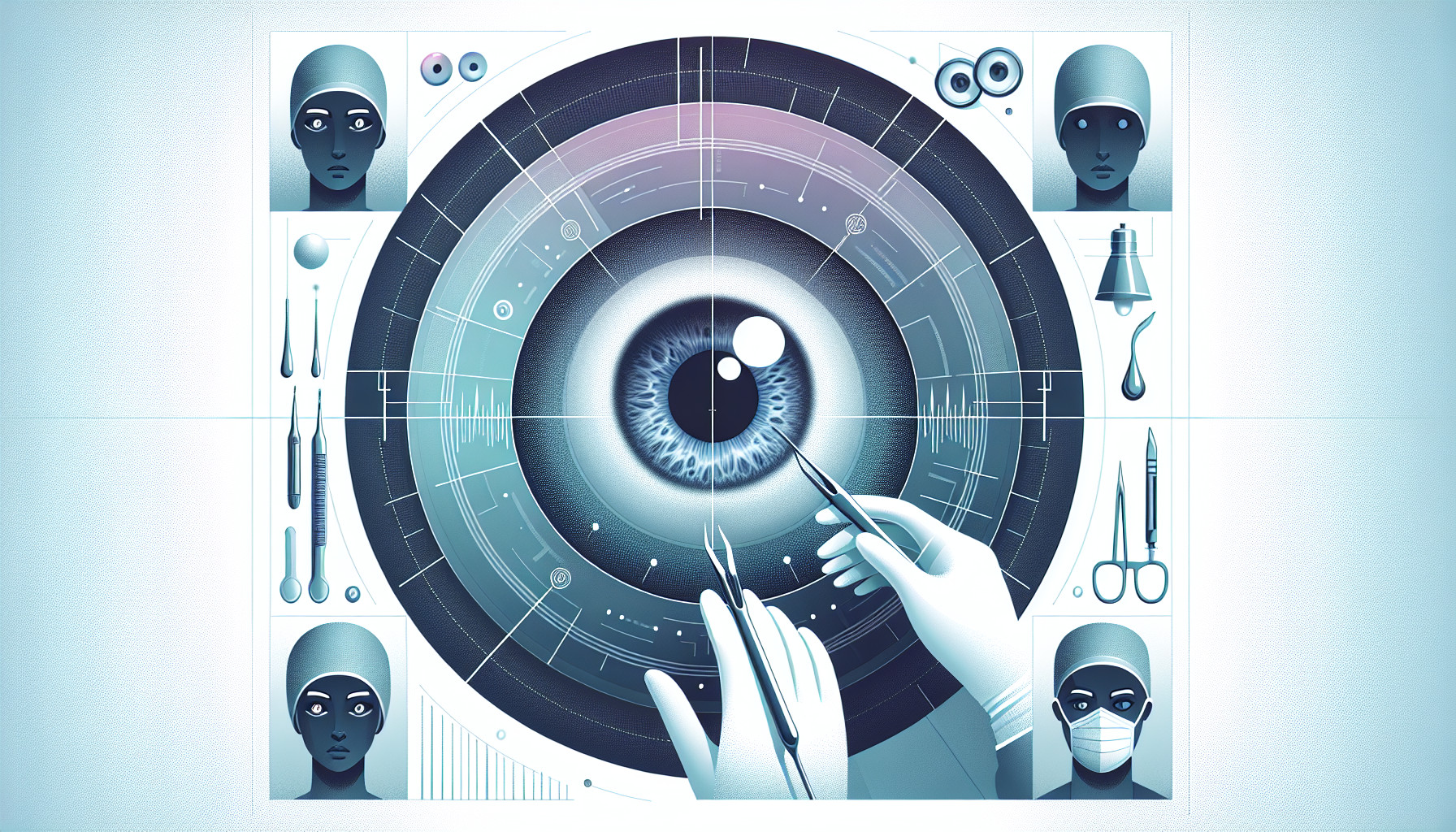Our Summary
This research paper looks at a condition where the retina, the part of the eye that senses light, gets folded. These folds can happen after the retina has been reattached following a detachment, a serious condition that can lead to vision loss. These folds can happen in different parts of the retina and can look similar to each other, making it hard to tell them apart just by looking at them.
However, the researchers have found that a technique called optical coherence tomography, which uses light to capture high-resolution images of tissues, can help differentiate between these folds. Depending on where the fold is located in the retina, it will look different under this imaging technique.
The paper also discusses what can cause these folds, how to prevent them, and what treatment options are available. It highlights the need for more consistent terminology to describe these folds, as there’s a lot of variation in the terms used in scientific literature.
The paper also suggests areas for future research, such as what factors can predict how well someone will recover their vision after having these folds, how these folds can naturally go away on their own, and how a surgical procedure that peels off a layer of the retina affects the likelihood of these folds occurring.
FAQs
- What is the role of optical coherence tomography in identifying retinal folds after rhegmatogenous retinal detachment repair?
- What are the differences between inner retinal folds, outer retinal folds, and full-thickness retinal folds as seen on optical coherence tomography?
- What are the potential areas for future study in regards to retinal folds and visual recovery after rhegmatogenous retinal detachment?
Doctor’s Tip
A helpful tip a doctor might tell a patient about retinal surgery is to follow post-operative instructions carefully, including any restrictions on physical activity and eye care. It is important to attend all follow-up appointments to monitor healing and address any concerns promptly. Additionally, maintaining good overall health, including controlling blood sugar levels if diabetic, can help support the healing process and overall success of the surgery.
Suitable For
Patients with partial-thickness folds of the inner retina and outer retina, as well as full-thickness retinal folds, may be recommended for retinal surgery. These folds can occur after the repair of rhegmatogenous retinal detachment. Factors such as the presence of corrugations of the inner retina or hyperreflective lesions on optical coherence tomography imaging may indicate the need for surgical intervention. Patients with classic full-thickness retinal folds, where all layers of the neurosensory retina separate from the retinal pigment epithelium, may also require surgical management. It is important to consider the pathogenesis, risk factors, prevention, and management options for retinal folds when determining the need for surgery.
Timeline
Before retinal surgery:
- Patient is diagnosed with rhegmatogenous retinal detachment.
- Consultation with a retinal specialist to discuss treatment options.
- Pre-operative testing and imaging to assess the extent of the detachment.
- Surgery is scheduled and patient is informed of the risks and potential complications.
After retinal surgery:
- Patient undergoes retinal surgery to repair the detachment.
- Post-operative care and monitoring to ensure proper healing.
- Patient may experience temporary vision changes, discomfort, or redness in the eye.
- Follow-up appointments with the retinal specialist to assess vision and overall recovery.
- Rehabilitation and vision therapy may be recommended to help improve visual outcomes.
What to Ask Your Doctor
Some questions a patient should ask their doctor about retinal surgery may include:
- What is the reason for the retinal surgery?
- What are the potential risks and complications associated with the surgery?
- What is the success rate of the surgery?
- What is the expected recovery time and post-operative care?
- Will I need any follow-up appointments or additional treatments after the surgery?
- How long will it take for my vision to improve after the surgery?
- What are the potential long-term effects of the surgery on my vision?
- Are there any alternative treatment options to consider?
- Can you explain the specific procedure that will be performed during the surgery?
- How experienced are you in performing this type of retinal surgery?
Reference
Authors: Gupta RR, Iaboni DSM, Seamone ME, Sarraf D. Journal: Surv Ophthalmol. 2019 Mar-Apr;64(2):135-161. doi: 10.1016/j.survophthal.2018.10.007. Epub 2018 Nov 1. PMID: 30391278
